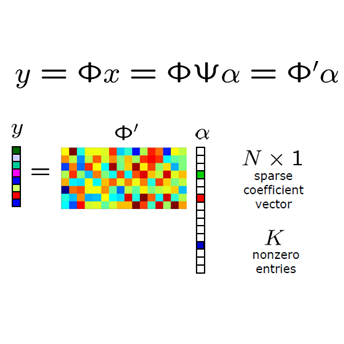Dynamic Magnetic Resonance Imaging (MRI) is known to be a powerful and reliable technique for the dynamic imaging of internal organs and tissues, making it a leading diagnostic tool. A major difficulty in using MRI in this setting is the relatively long acquisition time (and, hence, increased cost) required for imaging in high spatio-temporal resolution, leading to the appearance of related motion artifacts and decrease in resolution. Compressed Sensing (CS) techniques have become a common tool to reduce MRI acquisition time by subsampling images in the k-space according to some acquisition trajectory. Several studies have particularly focused on applying deep learning techniques to learn these acquisition trajectories in order to attain better image reconstruction, rather than using some predefined set of trajectories. To the best of our knowledge, learning acquisition trajectories has been only explored in the context of static MRI. In this study, we consider acquisition trajectory learning in the dynamic imaging setting. We design an end-to-end pipeline for the joint optimization of multiple per-frame acquisition trajectories along with a reconstruction neural network, and demonstrate improved image reconstruction quality in shorter acquisition times. The code for reproducing all experiments is accessible at https://github.com/tamirshor7/MultiPILOT.
翻译:已知的动态磁共振成像(MRI)是用于内部器官和组织动态成像的强大和可靠的技术,使其成为一个主要的诊断工具。在这种环境中使用MRI的主要困难是高时空分辨率成像所需的获取时间相对较长(并因此增加了成本),导致出现相关的运动文物并减少分辨率。压缩遥感(CS)技术已成为根据某些获取轨迹在 k-空间通过对图像进行子取样来减少MRI获取时间的一个通用工具。一些研究特别侧重于应用深层次学习技术来学习这些获取轨迹,以便实现更好的图像重建,而不是使用一些预先确定的轨迹。根据我们的知识,学习获取轨迹的时间只是在静态MRI的范围内探索。在动态成像设置中,我们考虑获取轨迹学习。我们设计了一个端到端到端的管道,以便联合优化多个跨框架的获取轨迹。我们设计了一个与重建神经网网络一起的获取轨迹轨迹,展示了改进的图像质量重建时间。</s>



